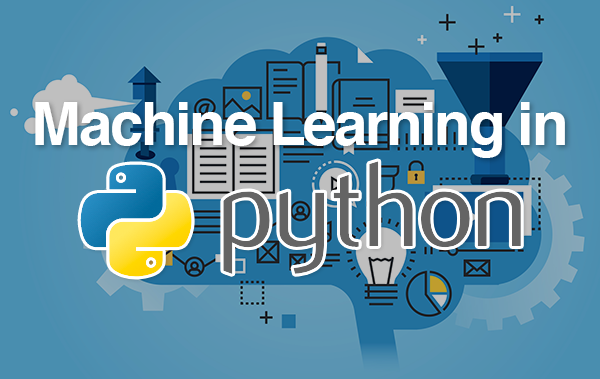Box and Whisker Plots

Box and whisker plots, also known as box plots, are a way to visualize the distribution of a dataset in Python. In this essay, we will go over the steps needed to create box and whisker plots in Python.
The first step is to load the data that you want to visualize. This can be done using a library such as Pandas or Numpy. Once the data is loaded, you can use the “boxplot()” function in the Matplotlib library to create a box and whisker plot. This function takes one or more arrays of data as input and returns a box plot that visualizes the distribution of the data.
For example, if you have a dataset loaded into a Pandas DataFrame called “data”, you can use the “plt.boxplot(data)” command to create a box and whisker plot of the data. This command will create a box plot that shows the distribution of the data for each column in the DataFrame.
The box in a box and whisker plot represents the interquartile range (IQR), which is the range between the first and the third quartile. The line inside the box represents the median of the data, and the dots outside the box represents the outliers. The two lines outside the box, known as whiskers, represent the minimum and maximum values of the data that are not outliers.
It’s important to note that box and whisker plots are a great way to visualize the distribution of a dataset and to identify outliers. They can also be used to compare multiple datasets by plotting them on the same graph.
Another important aspect to consider is that box and whisker plots are not recommended for datasets with a large number of data points because they can become cluttered and difficult to read. In those cases, histograms or density plots can be used instead.
In conclusion, box and whisker plots are a useful tool to visualize the distribution of a dataset in Python. They can be created using the “boxplot()” function in the Matplotlib library and can be used to identify outliers and to compare multiple datasets. Box plots represent the interquartile range, median and outliers of the data and are a great way to understand the distribution of the data. However, box and whisker plots are not recommended for datasets with a large number of data points and other alternatives such as histograms or density plots can be used instead.
In this Applied Machine Learning & Data Science Recipe (Jupyter Notebook), the reader will find the practical use of applied machine learning and data science in Python programming: Box and Whisker Plots.
What should I learn from this recipe?
You will learn:
- Box and Whisker Plots.
Citizen Data Scientist: Download 1000+ End-to-End Applied Machine Learning & Data Science Notebooks in Python and R for Beginners to Professionals.
Correlation Matrix Plots | Jupyter Notebook | Python Data Science for beginners | Data Visualisation
Time Series Forecasting in R using ARIMA Model with Sales Dataset | Data Science with R tutorials
Random Forest Ensembles for Classification | Jupyter Notebook | Python Data Science for beginners
Deep Learning in R with Dropout Layer | Data Science for Beginners | Regression | Tensorflow | Keras
Box and Whisker Plots:
If you care about SETScholars, please donate to support us. We will try our best to bring end-to-end Python & R examples in the field of Machine Learning and Data Science.
Latest end-to-end Learn by Coding Recipes in Project-Based Learning:
All Notebooks in One Bundle: Data Science Recipes and Examples in Python & R.
End-to-End Python Machine Learning Recipes & Examples.
End-to-End R Machine Learning Recipes & Examples.
Applied Statistics with R for Beginners and Business Professionals
Data Science and Machine Learning Projects in Python: Tabular Data Analytics
Data Science and Machine Learning Projects in R: Tabular Data Analytics
Python Machine Learning & Data Science Recipes: Learn by Coding
R Machine Learning & Data Science Recipes: Learn by Coding
Comparing Different Machine Learning Algorithms in Python for Classification (FREE)
Introduction to Applied Machine Learning & Data Science for Beginners, Business Analysts, Students, Researchers and Freelancers with Python & R Codes @ Western Australian Center for Applied Machine Learning & Data Science (WACAMLDS) !!!